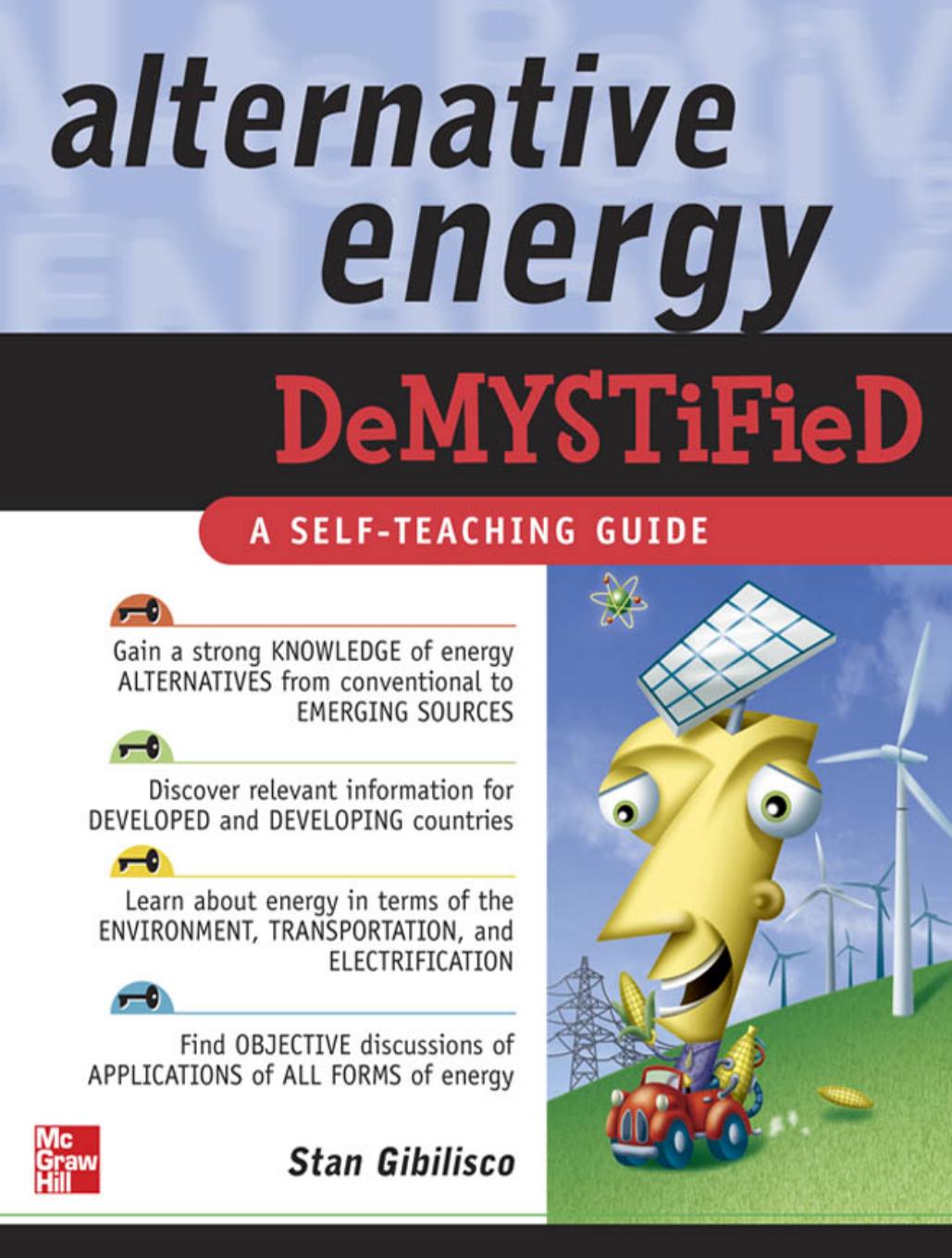Alternative Energy Demystified by Stan Gibilisco

Author:Stan Gibilisco [Gibilisco, Stan]
Language: eng
Format: epub, pdf
Publisher: McGraw-Hill
Published: 2006-10-22T23:00:00+00:00
Figure 9-1 When you try to levitate a magnet above a set of other magnets as shown at A, the top magnet flips over and sticks to one of the others. Instability also occurs with two bowl-shaped magnetic structures, one above the other, as shown at B.
you anchor this bowl to a tabletop, and then take a single pellet-shaped magnet and hold it with its north pole facing downward over the center of the bowl as shown in Figure 9-1A. As soon as you let go of the single magnet, it flips over and sticks to one of the magnets inside the bowl.
Now suppose that you take another 100 magnets and glue them to the outer surface of another mixing bowl the same shape as, but somewhat smaller than, the first bowl, with the north poles facing outward, forming a large magnet with a convex north-pole surface. Suppose you try to set this bowl down inside the first one, as shown in Figure 9-1B. You hope that the top bowl will hover above the bottom one, but it doesn't. It finds some way to land, off-center, on the bottom bowl. If there are enough magnets on the bowls to prevent a landing inside the bottom bowl, the top bowl will skitter off and land outside the bottom one.
Magnetic levitation cannot be achieved with a set of static (nonmoving and nonrotating) permanent magnets. There is always instability in such a system, and this instability is magnified by the slightest disturbance. This fact was proven by Samuel Earnshaw in the 1800s, and became known as Earnshaw's theorem. Despite the conclusion of this theorem, it is possible to obtain magnetic levitation. Earnshaw's theorem is based on a narrow set of assumptions, and systems can be built to get around these constraints. Earnshaw's theorem applies only to systems that consist exclusively of permanent magnets with no relative motion among them. In recent years, scientists have come up with dynamic (moving) systems of magnets that can produce levitation. Some such systems have been put to use in railway trains.
Download
Alternative Energy Demystified by Stan Gibilisco.pdf
This site does not store any files on its server. We only index and link to content provided by other sites. Please contact the content providers to delete copyright contents if any and email us, we'll remove relevant links or contents immediately.
| Automotive | Engineering |
| Transportation |
Whiskies Galore by Ian Buxton(41935)
Introduction to Aircraft Design (Cambridge Aerospace Series) by John P. Fielding(33085)
Small Unmanned Fixed-wing Aircraft Design by Andrew J. Keane Andras Sobester James P. Scanlan & András Sóbester & James P. Scanlan(32763)
Craft Beer for the Homebrewer by Michael Agnew(18194)
Turbulence by E. J. Noyes(7977)
The Complete Stick Figure Physics Tutorials by Allen Sarah(7334)
Kaplan MCAT General Chemistry Review by Kaplan(6897)
The Thirst by Nesbo Jo(6877)
Bad Blood by John Carreyrou(6581)
Modelling of Convective Heat and Mass Transfer in Rotating Flows by Igor V. Shevchuk(6406)
Learning SQL by Alan Beaulieu(6235)
Weapons of Math Destruction by Cathy O'Neil(6206)
Man-made Catastrophes and Risk Information Concealment by Dmitry Chernov & Didier Sornette(5951)
Digital Minimalism by Cal Newport;(5699)
Life 3.0: Being Human in the Age of Artificial Intelligence by Tegmark Max(5506)
iGen by Jean M. Twenge(5384)
Secrets of Antigravity Propulsion: Tesla, UFOs, and Classified Aerospace Technology by Ph.D. Paul A. Laviolette(5330)
Design of Trajectory Optimization Approach for Space Maneuver Vehicle Skip Entry Problems by Runqi Chai & Al Savvaris & Antonios Tsourdos & Senchun Chai(5036)
Pale Blue Dot by Carl Sagan(4949)
